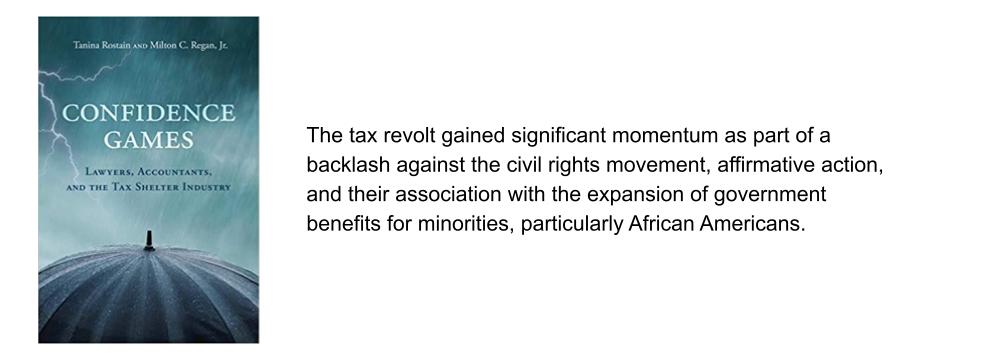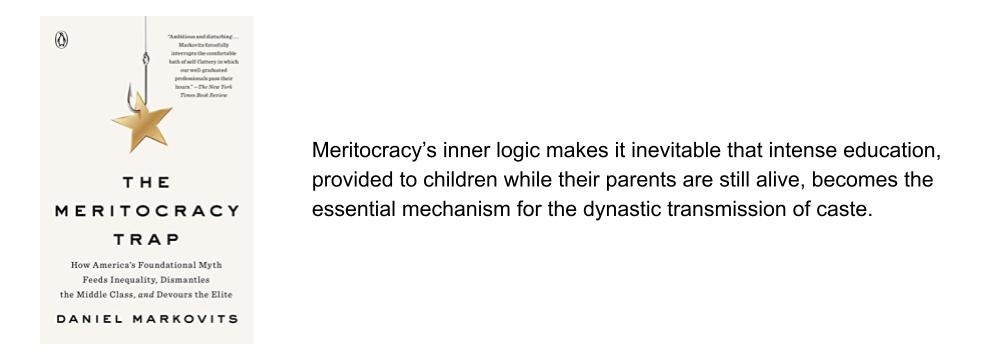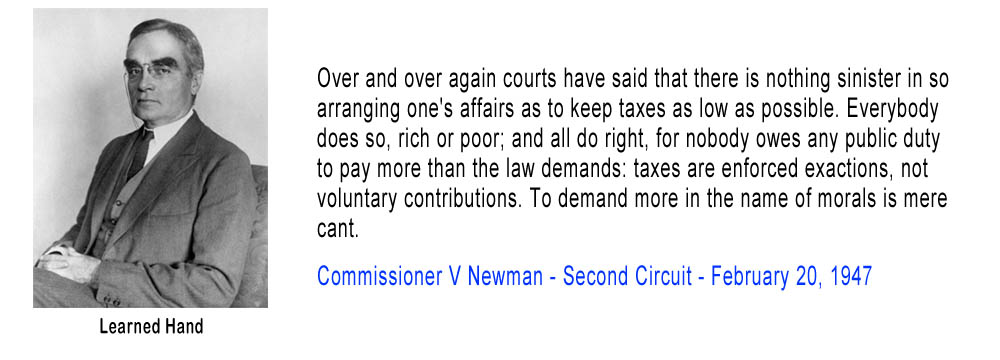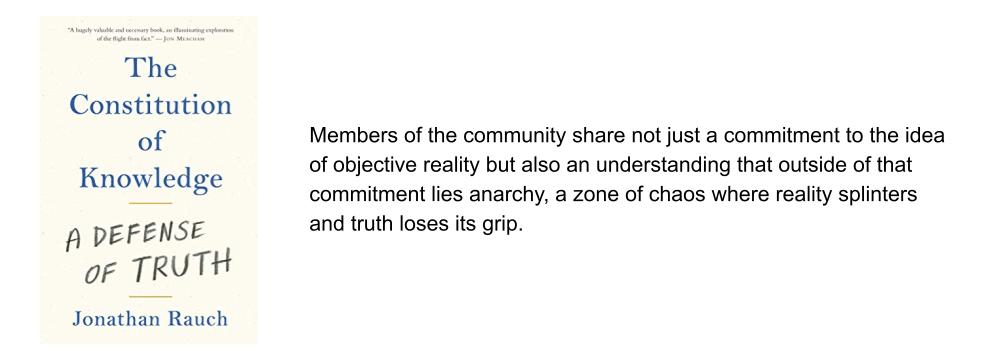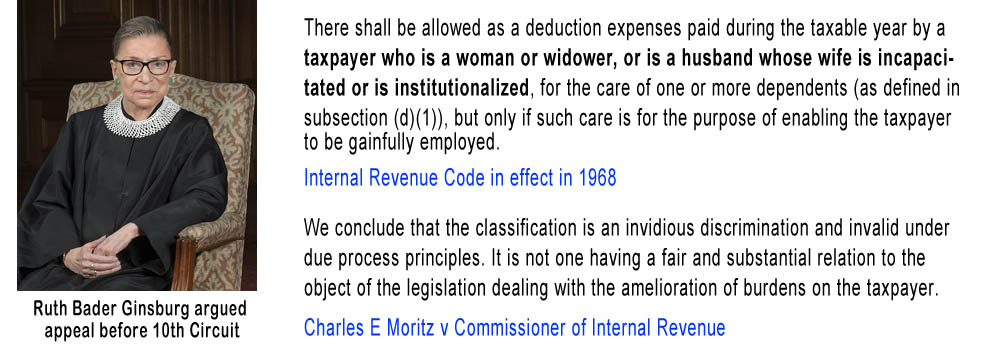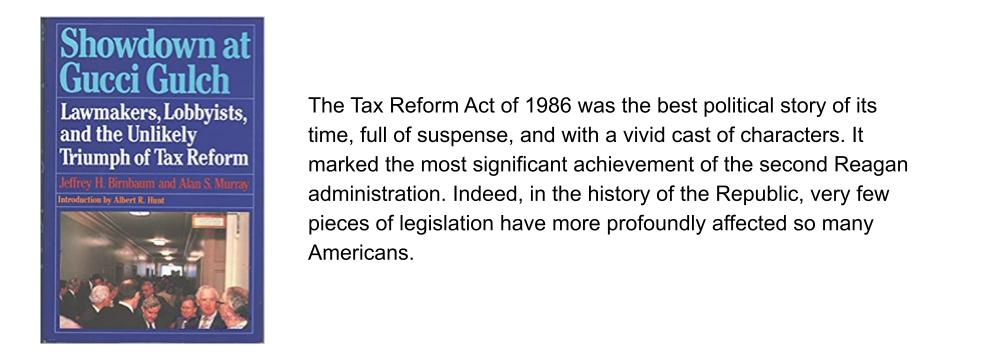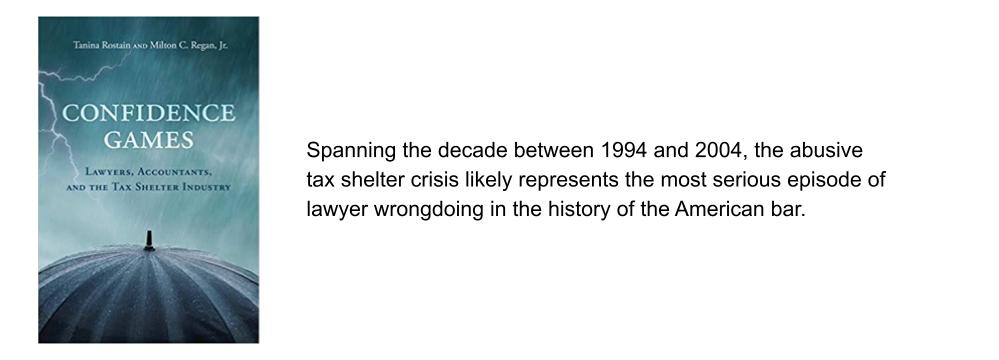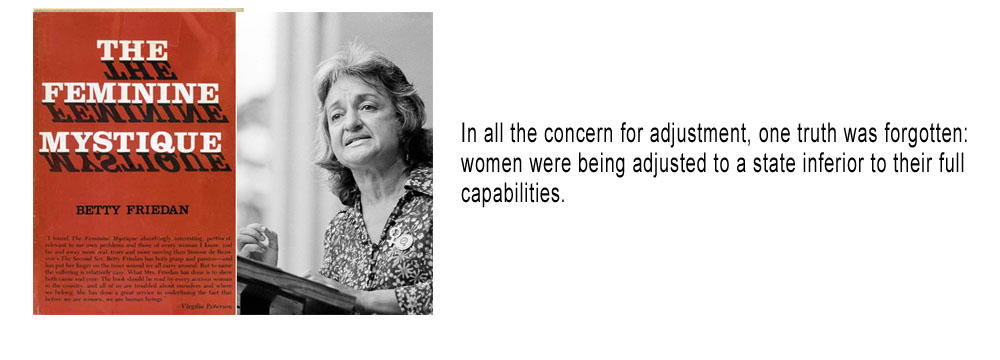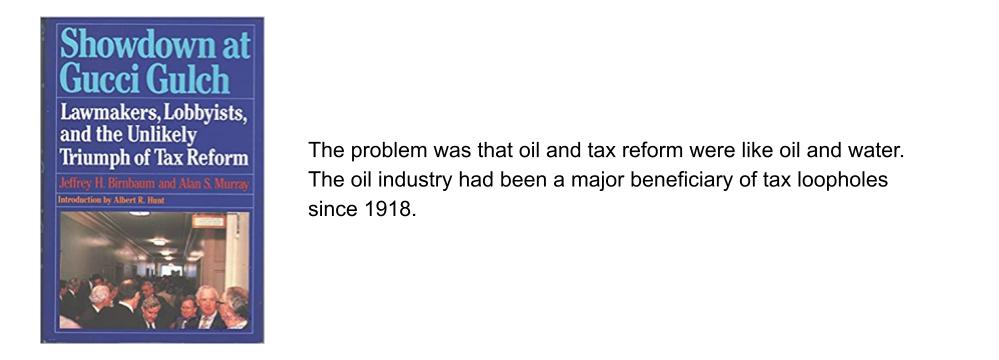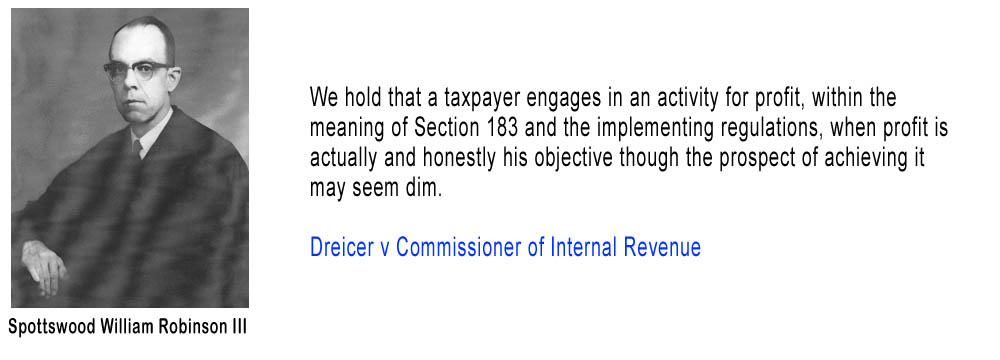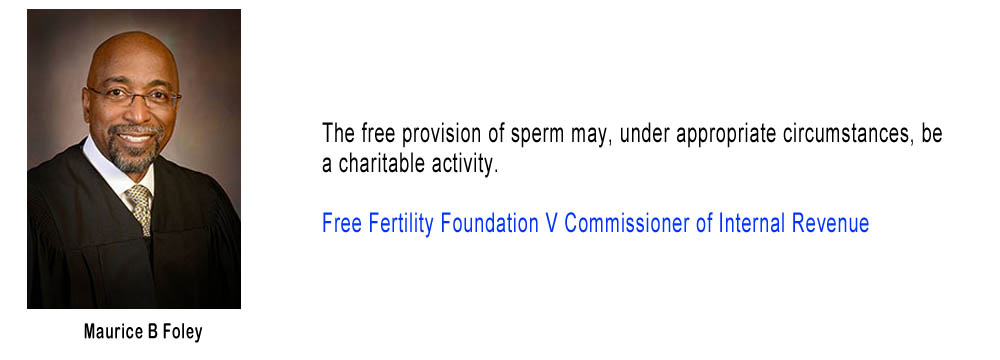______________________________________
I identify quite a few cases and rulings and the like, that seem very interesting when I look at them, but somehow I never seem to be able to work them into full length posts. I generally don’t focus on material that is more than a couple of months old. Somehow, though I hate to just let these items go unnoticed, so I occasionally do a post that covers a few of them briefly. This is the first time I have done that since I started on Forbes so some of these items go back as far as April.
Mr. Bakken had been a police officer in Austin, Minnesota. In 1982 he was injured on the job and no longer able to perform the duties of a police officer. In 1983, with just over 18 years of service he was granted a disability pension. The amount of the pension was the same as if he had retired with 20 years of service at age 50 or older. There is a big difference, though. The disability payments are tax-exempt, whereas a regular pension would be taxable. When Mr. Bakken turned 50 in 1987, he began receiving form 1099-R. So he began paying taxes on the payments. He subsequently determined that the payments should be tax exempt and filed refund claims for several open years which were allowed. Then the IRS assessed him for 2006 and he took them to Tax Court. The Tax Court ruled in his favor. His turning age 50 did not convert his disability pension to a regular pension.
I find reading cases is more fun when I root for somebody. I usually root for the taxpayer against the IRS, except when the taxpayer is being really lame. This case was a little unusual. It was the IRS vs a bank. I picked the IRS this time and they won. What had happened was that when the bank recorded a mortgage on Ms. Church’s property they recorded it in the wrong county. Then Ms. Church got in tax trouble and the IRS recorded a lien in the correct county (All you folks who think the private sector always does a better job might take note.)
It sometimes pays to check a map. The mortgage lender in this case did not, and as a result it recorded an interest in Tammy Church’s property in the wrong county. Luckily for the public fisc, the IRS, which also placed a lien on Church’s property, did not make the same mistake. When the lender realized what had happened, it sued, seeking in equity what it could not get in law—a declaration that it had the superior claim to the property. Equity does not save the lender in this instance, and we therefore affirm.
Russell T. Handy TC Summary Opinion 2011-61
Russell T. Handy TC Summary Opinion 2011-61
This was an alimony case. Mr. Handy had to pay “non-modifiable family support”. He tried to deduct it as alimony, but the court found that the agreement’s termination provision disqualified it:
Petitioner/Father’s obligation to pay this family- support shall cease when any of the following occurs: a. When the youngest child *** attains the age of 19, or has attained age 18 and has completed the twelfth grade, or is not a full-time high school student or is self-supporting; b. In the event that both children have died; c. When the youngest child *** enters into a valid marriage, is on active duty with any of the armed forces of the United States of America, or receives a declaration of emancipation from a court of competent jurisdiction;
Mr. Handy was relying on another part of the agreement that stated:
Petitioner’s only argument in support of his position is that the stipulation is alegal document prepared by attorneys that authorizes a “tax exemption benefit for non-modifiable family support” for petitioner.
It really amazes me how there seem to be so many divorce attorneys that are unaware of the tax basics of the agreements that they negotiate.
__________________________________________________________________________________________
As I was working this up I rescued three other items from oblivion and will give them the full treatment over the weekend. I’ll have a few more round-up posts to get through my backlog in the next couple of weeks. I sometimes have this silly fear that I will run out of material when things seem a little slow. I don’t think it will ever happen though.











